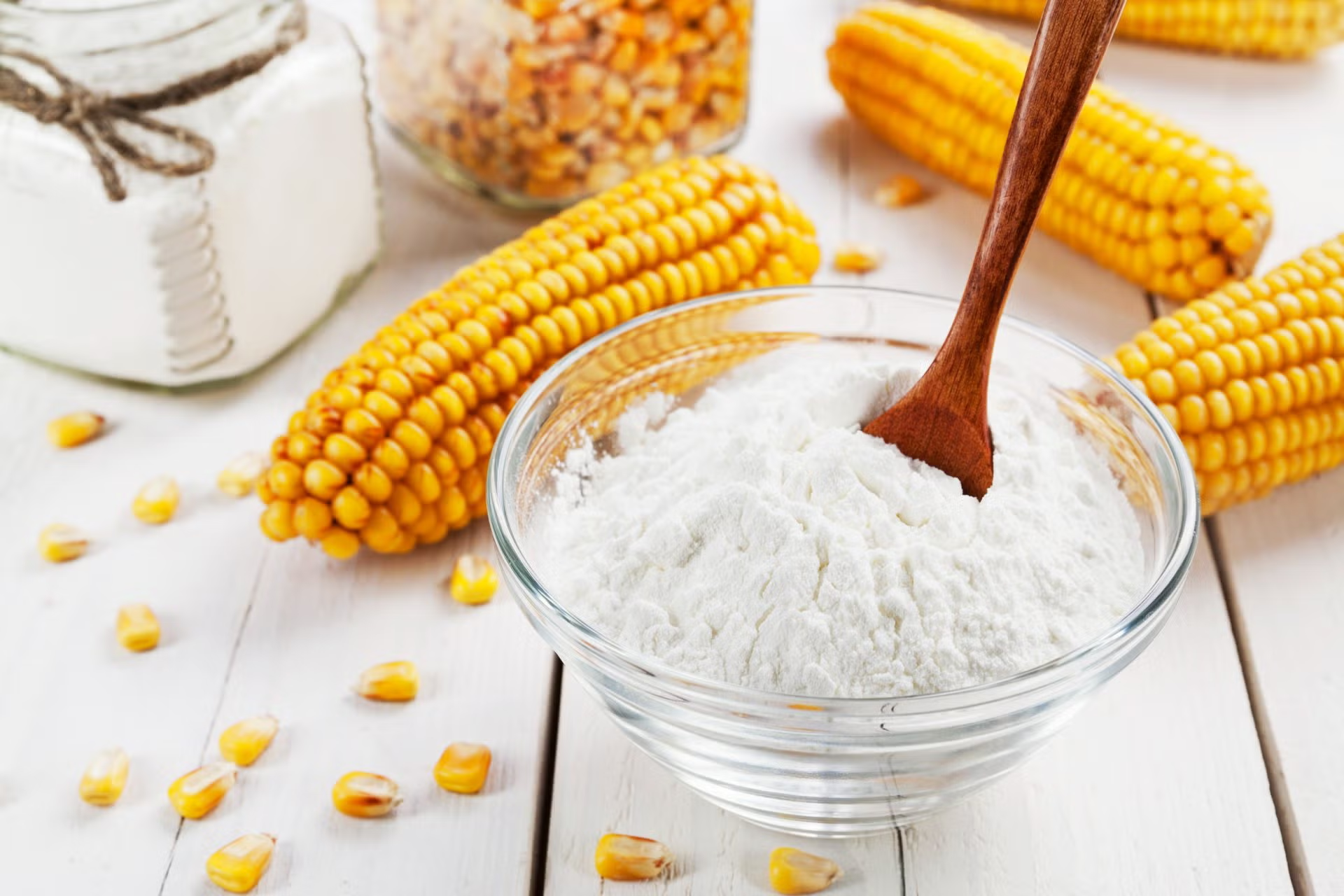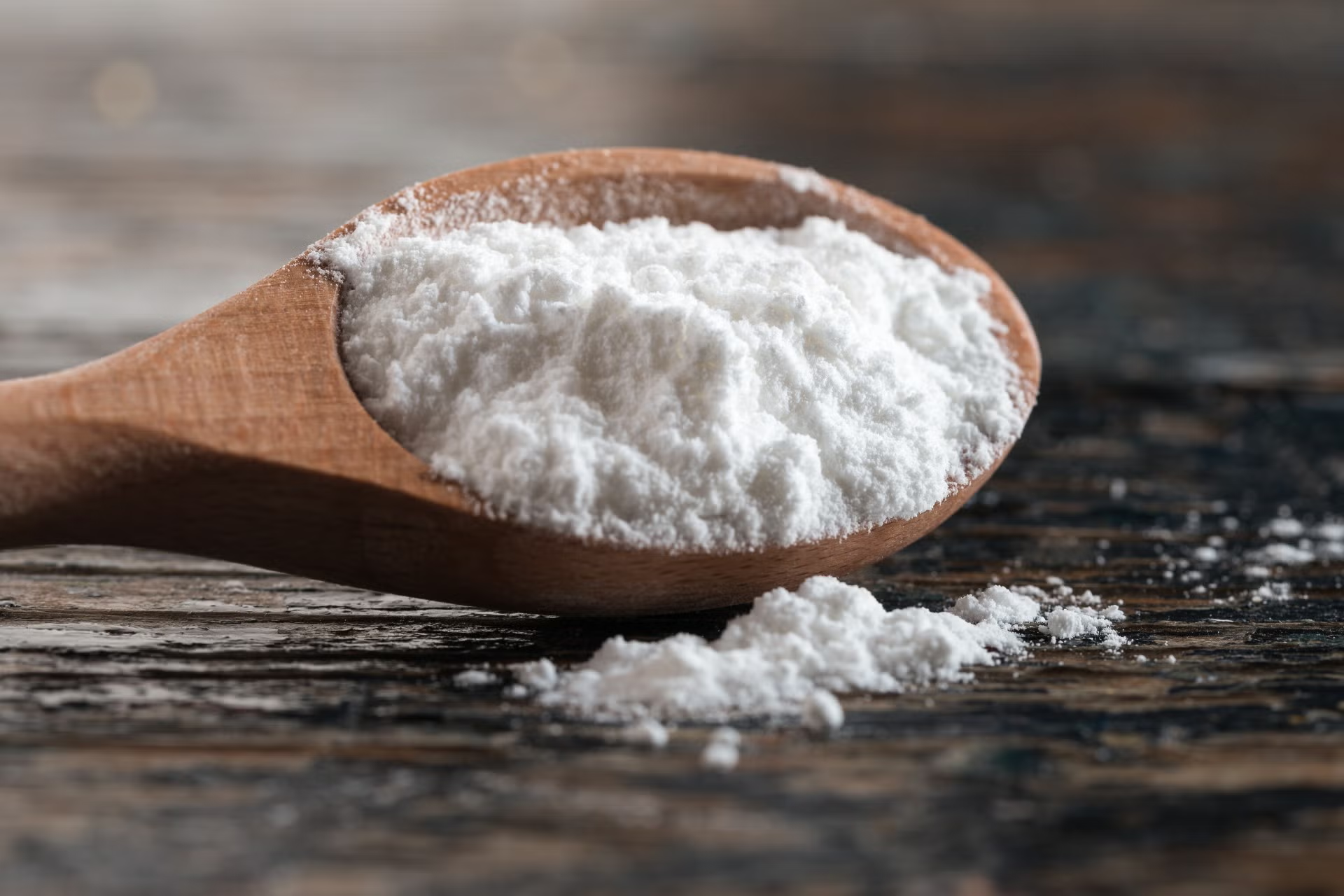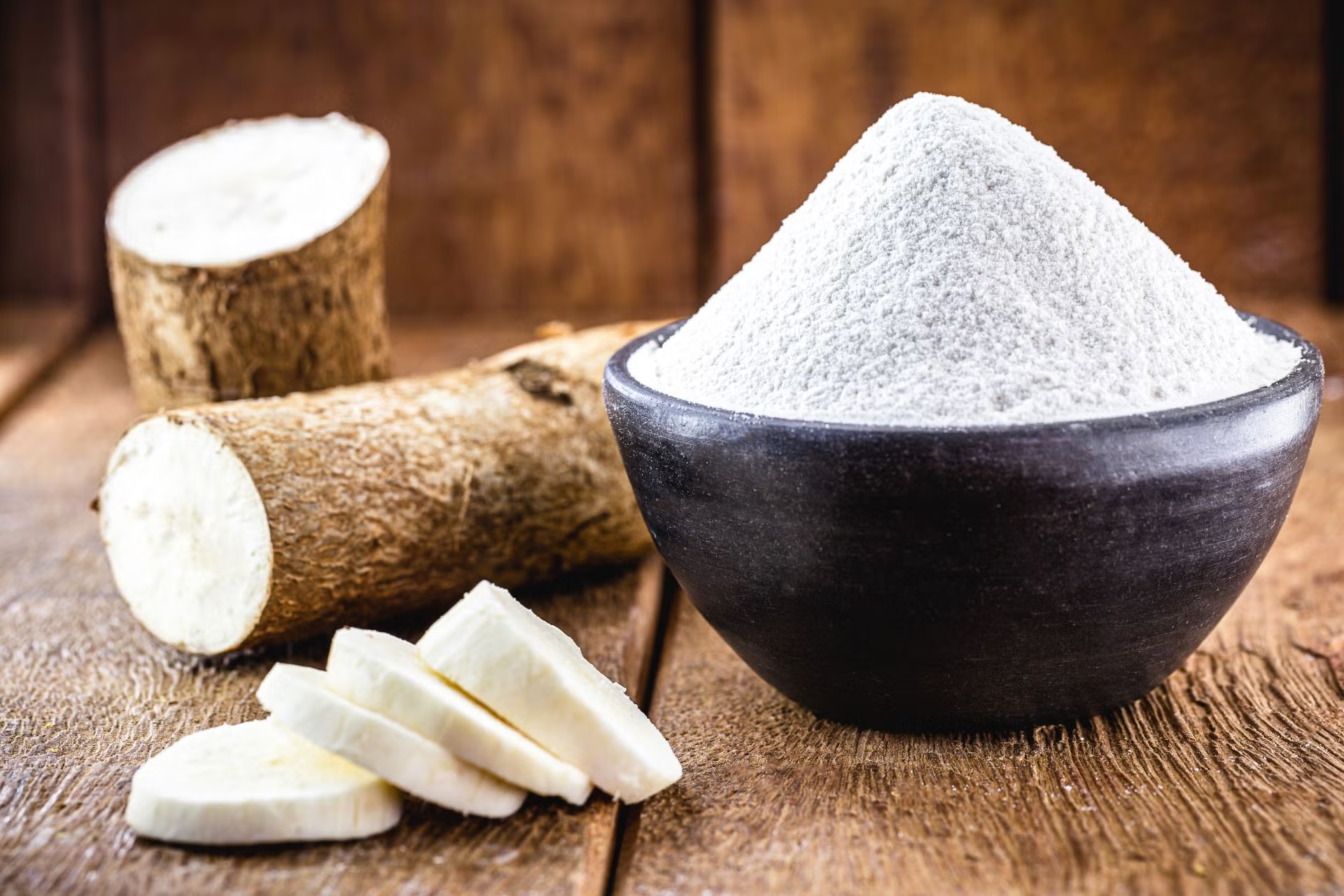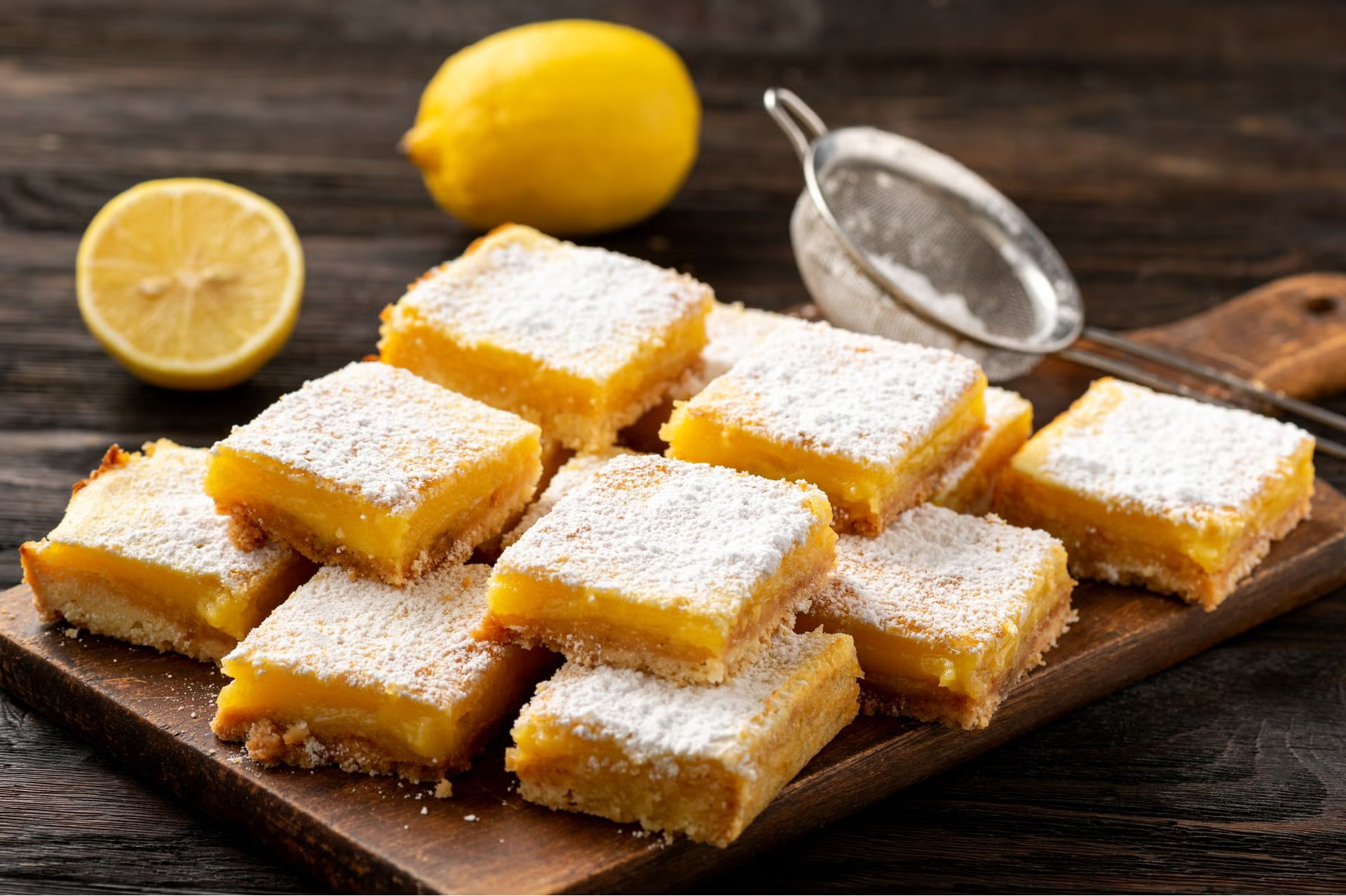Cornstarch is a fine, flour-like powder made from the starchy endosperm of dried corn kernels. The endosperm is the part of a seed that sits underneath the bran and acts as a food store for the germ, which is the part that eventually grows into a new plant. Because cornstarch is made from the endosperm only, it contains no protein, and despite being made from corn, is actually gluten-free.

Photo: iStock
What is Cornstarch and How to Use It?

Invented by factory worker Thomas Kinsford in 1842, cornstarch was originally used to starch laundry, but these days it is more commonly used in food. It has a bland, floury taste, and is used as a thickener, rather than for its flavour.
What to use it for
Cornstarch is popularly used as a thickener for sauces, gravies, stews, pie fillings and puddings. This works thanks to a process called starch gelatinisation, where the heat from the dish causes the molecular chains that make up the cornstarch to form a mesh. Cornstarch is clear and flavourless, so it won’t make the dish go cloudy or alter the balance of flavours.

If you use cornstarch in your cooking, you should avoid adding it directly into the liquid, as this will cause clumps. Instead, mix the cornflour with a cold liquid to form a slurry, then pour the slurry into the main dish. Your slurry should be equal parts cornstarch and liquid, and you can use water for a neutral flavour, or something that complements the dish, like wine or stock. Remember that you need cold liquid to make a slurry, so if you do choose stock or broth, make sure you allow it to cool before adding your cornstarch.
For more ways to thicken sauces, check out our guide to how to thicken sauce.
Although it is best known as a thickening agent, cornstarch also has other uses. It can be added to flour to give bakes a superfine crumb, a technique that is often employed to make fluffy cakes and extra crumbly shortbread. It is also used as an anti-caking agent in confectioners’ sugar, and as an extra coating for fried chicken to make it super crispy.
Alternatives to cornstarch
If you need to thicken some sauce and you’re all out of cornstarch, here are some alternatives that you can use in a pinch. As with cornstarch, these alternatives should be mixed with cold liquid to make a slurry before adding to your dish.

All-purpose flour
Regular flour can also be used to thicken sauces. It is flavourless like cornstarch, but it is more opaque, and may make the liquid a little cloudy. Because it is less starchy than cornstarch, it has around half the thickening power, so you will need to add twice as much for the same results. Regular flour is not gluten-free, however, so if you’re making a gluten-free recipe, it is not a suitable substitute.
Rice flour
Rice flour, as the name suggests, is made from ground rice. It is popular in Asian cuisine, and is often used to make noodles. Like regular flour, it has half the thickening power of cornstarch, so you will need to double the amount added.
Arrowroot flour
Arrowroot powder is made from the ground root of several varieties of plant in the arrowroot family, and is often used as a gluten-free flour. It has the same thickening power as cornstarch, so there is no need to adjust the amount added.
Potato starch
Potato starch is made by extracting starch from potatoes. It has very few calories, which makes it a good option if you’re looking to make a leaner dish, and it has the same thickening power as cornstarch, so can be added in the same quantities. It can be a little temperamental, however, and may lose its thickening power if overheated, so it is best to add it towards the end of the cooking process.
Tapioca Starch
Tapioca starch is made by extracting starch from cassava root by soaking, washing, and pulping. It has a low glycemic index (GI), which makes it a particularly good substitute for people with diabetes, but it has only half the thickening power of cornstarch, so you will need to double the amount added.
Storage
One of the great things about cornstarch is that it doesn’t actually go off if you store it properly, so you don’t need to worry about using it up by a certain date. It’s only real weakness is moisture, which will cause it to dissolve, so it’s vital to keep your cornstarch in a well-sealed container.
To make sure your cornstarch stays fresh for as long as you need it, keep it in a cool, dark cupboard or pantry, well away from any moisture. You can leave it in its original box as long as the lid seals properly, otherwise transfer it to an airtight container. Avoid refrigerating cornstarch, as it does not require particularly low temperatures, and refrigerators are full of the dreaded moisture.
Recipes with cornstarch
Here are just a few of the recipes you can make with the help of a little cornstarch.

Crunchy tofu tacos: cornstarch is mixed with salt, chilli, ginger and hoisin sauce to form a crispy fried coating for these spicy, crunchy tofu pieces.
Easy pepper steak: this Asian-inspired pepper steak recipe is succulent and slightly spicy, and takes just 25 minutes to prepare. Use a touch of cornstarch to thicken the simple soy sauce glaze.
Fried chicken and waffles with piri piri glaze: created by chef Melba Wilson, this recipe is an ode to the flavours of Harlem, with perfectly crispy chicken, fluffy waffles and a sticky, fiery glaze.
Chinese broccoli with orange: this quick and easy side is the perfect balance of savoury and sweet, and is set off perfectly by a simple sauce made from soy sauce, orange zest and a little cornstarch.
Lemon bars: cornstarch is used to set the zesty lemon curd filling for these irresistibly sweet, zingy biscuit bars.
Chocolate pudding now: sometimes you just need chocolate pudding now, and this 3-ingredient wonder from baker Alice Medrich delivers the perfect pot of gooey chocolate goodness in 10 minutes, using only chocolate, milk and our old friend cornstarch.








